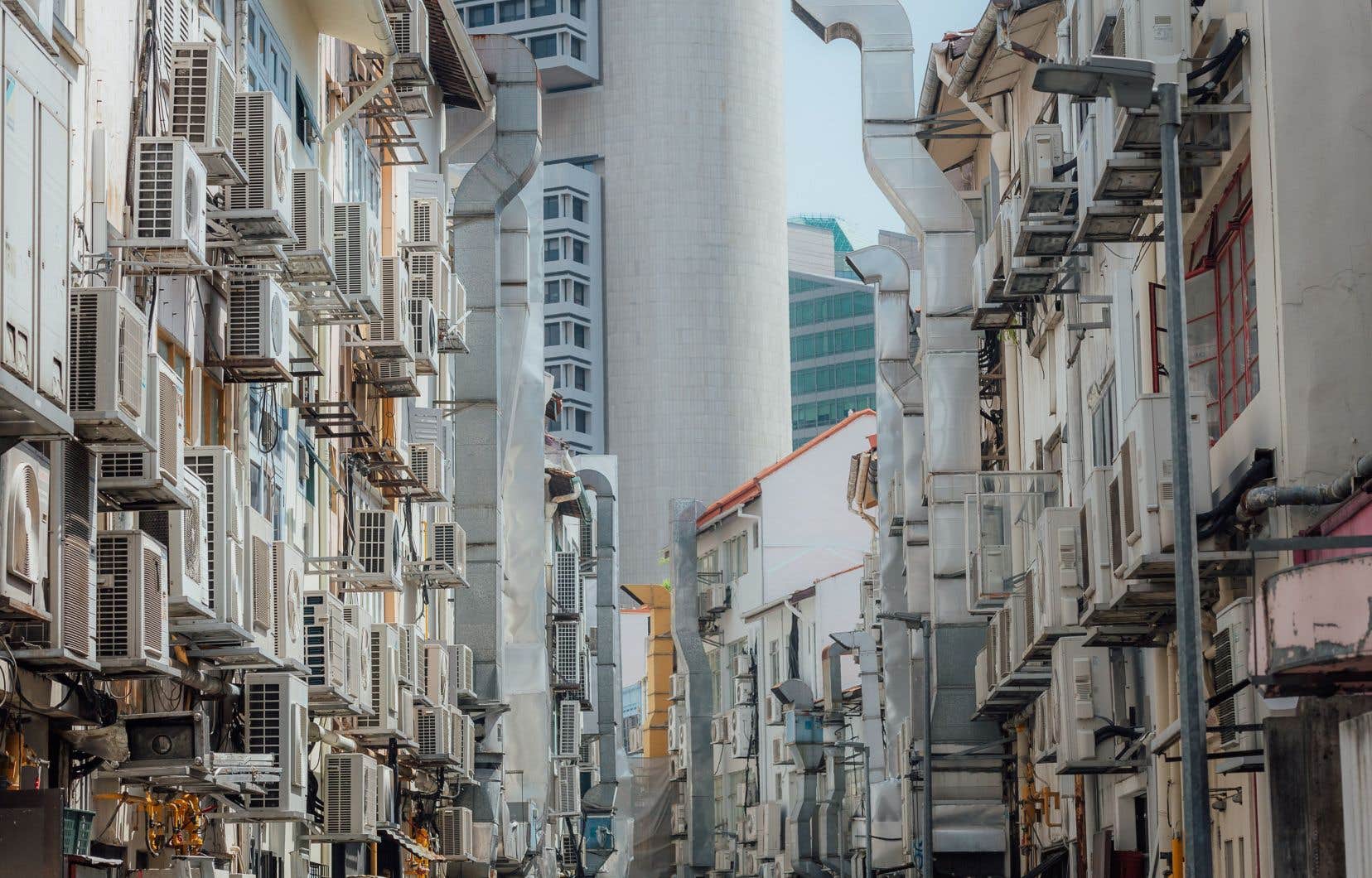International commitments to protect the ozone layer are bearing fruit as atmospheric concentrations of a family of harmful gases, HCFCs, have started to decline faster than expected, according to a study published Tuesday.
“It’s a success and it makes us optimistic that climate and environmental treaties can work,” Luke Western, of the University of Bristol, lead author of the paper, told AFP. study published in the journal Nature Climate Change.
The Montreal Protocol, signed in 1987, is an international commitment to gradually phase out ozone-depleting substances used in refrigeration, air conditioning, foam blowing and aerosols.
This made it possible to eliminate the production of chlorofluorocarbons (CFCs), but hydrochlorofluorocarbons (HCFCs) — harmful to the ozone which protects us from UV rays, but also powerful greenhouse gases — were developed to replace them. Their production and use is still in the process of being eliminated.
The international team publishing the study on Tuesday, however, demonstrated that the level of ozone-depleting chlorine from HCFCs has already reached its peak in 2021, five years earlier than expected. The researchers relied on measurements from a network of specialized measuring stations called AGAGE, as well as data from the American meteorological agency NOAA.
“By implementing strict controls and promoting alternatives that respect the ozone layer, the protocol has succeeded in curbing emissions and levels of HCFCs in the atmosphere,” said Luke Western.
“Without the Montreal Protocol, this success would not have been possible, so it is a spectacular validation of multilateral commitments to combat the loss of the stratospheric ozone layer, with additional benefits in the fight against climate change. “human origin,” he judges.
The protection of the ozone layer is regularly cited by scientists as an example of successful collective action in favor of the environment.
According to the latest quadrennial estimate from the United Nations Environment Program (UNEP), published in early 2023, the ozone layer should “replenish itself over the next four decades”.
